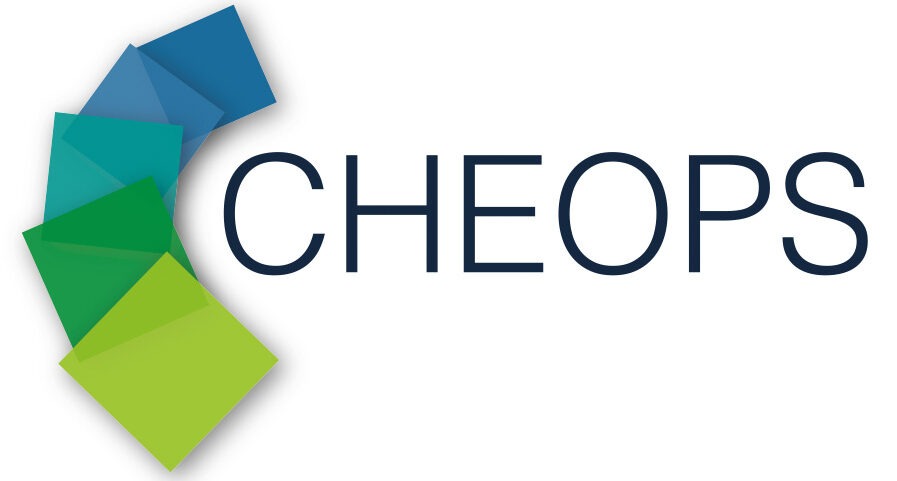Key Facts
- Improvement of encapsulation processes for perovskite solar cells, well-suited for both single-junction and tandem perovskite solar cells
- 100% industry-compatible processes for glass-on-glass encapsulation
- Demonstration of high-stability production process for future industrial manufacturing
- Best performing cells show less than 10% relative degradation after 1000 hours of damp heat

Abstract
Reliable encapsulation of perovskite photovoltaic solar cells is an important factor for the stability of devices and therefore a crucial factor in the upscaling and ultimate commercialisation of the technology. The CHEOPS project therefore included evaluation of three different encapsulation processes. The results included evidence that long-term testing of devices show performance maintenance of 80% after 70 days, if devices are kept in the dark, at open circuit condition, room temperature and inert conditions. Last but not least, CHEOPS partners from CSEM could show that the best performing cells degrade less than 10% relative after 1000 hours of damp heat. This result is still far from IEC standard, but encouraging as the selected process is common in the PV industry and holds great promises for future upscaling.
Background
Encapsulation processes by CHEOPS partner CHOSE: CHOSE [LINK] developed a lamination of the PK module using the Kapton adhesive tape deposited on the active area of the device. In the process, light curable glue is deposited on the whole active area of the PK module at first. Hereafter, the positioning of a protective glass takes place as well as the curing of the light-curable glue under a class A simulator at 1 sun for 30 seconds followed by the deposition of a UV-curable glue on the edge of the protective glass. The encapsulation processes are finished by curing of the UV glue under UV irradiation for 40 seconds masking the active area of the PK module using a black adhesive. Encapsulation processes by CHEOPS partner CSEM: CSEM developed a glass on glass encapsulation scheme using a butyl rubber edge sealant. This encapsulation process proved to be suitable for both single-junction perovskite cells/modules and perovskite/silicon tandem cells. The water tightness of the encapsulation was optimised, leading to a highly reliable encapsulation for standardised reliability testing [LINK to Stability Testing Protocol]. Importantly, appropriate processing conditions were found to avoid inducing damage to the perovskite cell during encapsulation.


Involvement
The selected encapsulation processes were developed by
Centre Suisse d’Electronique et de Microtechnique (Project Coordinator) & Università degli Studi di Roma ‘Tor Vergata’.
Scientific Output
Deliverable Report: The improved encapsulation processes are described further in Deliverable 2.2 available for download under reports.
Read More
The improve encapsulation processes were used for both single junction and tandem cells. Read more about the perovskite/silicon tandem cells developed in CHEOPS here [LINK to tandem results (WP4)].
